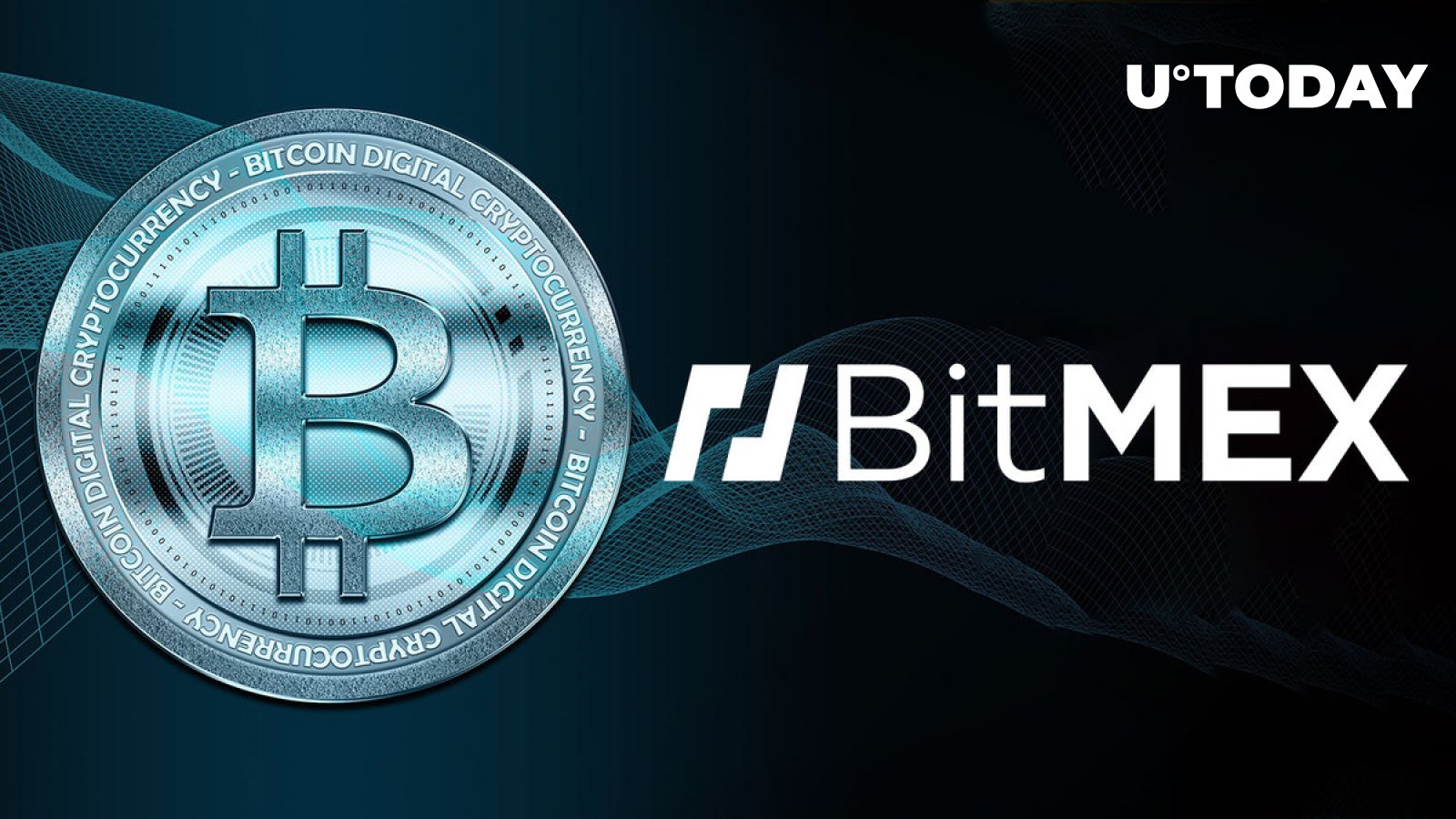Loyalty NFTs have the power to drive the next bull run

Now that NFTs have proven their usefulness in a very tough year, the next phase is coming
It may not feel like it, but crypto has reached yet another tipping point. The next growth spurt in crypto will come from tokens that support loyalty programs that motivate community engagement, not from return-generating protocols. NFTs will serve as the basis for these loyalty programs, which companies such as Starbucks, Disney and Adidas have already introduced.
Several new crypto-native examples include Rally, a platform that allows individual creators to issue NFTs. One person, “Alex”, actually “sold out” on the blockchain using Rally, where he let NFT holders vote on how he wanted to spend the day.
The use of tokens to support loyalty programs will drive mass adoption of crypto because it is a proposition that provides tangible value to consumers. Instead of giving their data or eyeballs, crypto loyalty tokens give users something real that gives them immediate value.
Blockchains are about community, not code
The fascinating part is that loyalty programs are an expression of crypto’s fundamental value – community. The challenge is that the amount of competing blockchains and platforms in crypto is so high that it is easy for users to defect when the financial rewards are higher elsewhere. We saw this in DeFi with the practice of “yield farming.”
The loyalty token model
To mitigate this problem, we need a loyalty token model to drive long-term engagement on a given platform. One approach we’ve seen is “token-gated communities” like Friends With Benefits, which require users to buy tokens to access a walled digital community.
Token-gated communities extend beyond the crypto space, for example, Friends With Benefits is teaming up with Hennessy for an Art Basel 2022 NFT launch that includes access to an exclusive party if you hold one of 1,765 NFTs.
However, this approach simply reproduces the old centralized paradigms of artificial exclusivity. DAOs are more promising because users are rewarded for sweat equity, not for simply buying access. CabinDAO is an example of a DAO where members literally “stake” (by helping to build cabins) in exchange for tokens.
But these are both crypto-native uses of loyalty tokens. When non-crypto-native communities adopt crypto-powered incentives, we see the potential for true mass scale. Online shopping is an excellent example of how NFTs that unlock better deals or access to exclusive products can drive deeper customer loyalty than the existing “points” models can.
Real-World Loyalty Token Use Cases
According to a Deloitte report, “blockchain is an ideal remedy for what ails loyalty rewards programs.” The main complaint among customers is the long delays in delivering reward points and the opaque and difficult to redeem benefits they provide.
Travala’s “Smart” program provides tiered rewards to users, including up to 13 percent discounts on travel in exchange for unlocking “AVA” tokens for a limited time. They have also issued a “Travel Tiger” NFT, whose holders receive additional benefits when booking through their platform.
Trust doesn’t mean forcing people to behave the way you (or the founder) want them to behave; it’s about freeing people to behave how the want to behave and you can be okay with that.
The crucial point here is that the rewards are distributed in time to a user-controlled wallet, and they can buy and sell Travel Tiger NFT at any time on OpenSea – a stark contrast to clumsy models used in the past. The program has been very successful, with over 1000 ETH in trading volume on OpenSea.
Crypto.com follows a similar model to Travala, where users who unlock tiered amounts of “CRO” tokens are given discounts on fees and issued a credit card with up to five percent cash back on all purchases. Like Travala, these rewards are available on time in a user-controlled wallet.
- Binance’s “Launchpool”, where users lock BNB or other tokens to earn stake rewards for participating in new token launches.
- Kusama’s “Can You Spot Me?” game, which allows users to “hide” KSM tokens in plain sight and earn rewards when others find them.
- Polkadot’s “Stake DOTs to Earn Tickets” campaign, which allows users to earn tickets for a chance to win prizes like Ledger Nano S hardware wallets.
Creative potential
These are all great examples of how crypto-powered loyalty programs can drive adoption by providing users with immediate value. But they also act as a powerful retention tool by making it more expensive for users to leave.
Loyalty tokens align with a broader notion of what “trust” — an overused word in crypto — actually means. Trust doesn’t mean forcing people to behave the way you (or the founder) want them to behave; it’s about freeing people to behave how the want to behave and you can be okay with that.
This is what crypto unlocks, and loyalty tokens have the potential to promote: not forcing people into narrow ruts of constricted behavior, but rather unleashing their creative and industrial potential to actualize the greatest possible collective.
Huy Nguyen is a Vietnamese blockchain technology entrepreneur and co-founder of KardiaChain, an interoperable blockchain infrastructure provider.
























